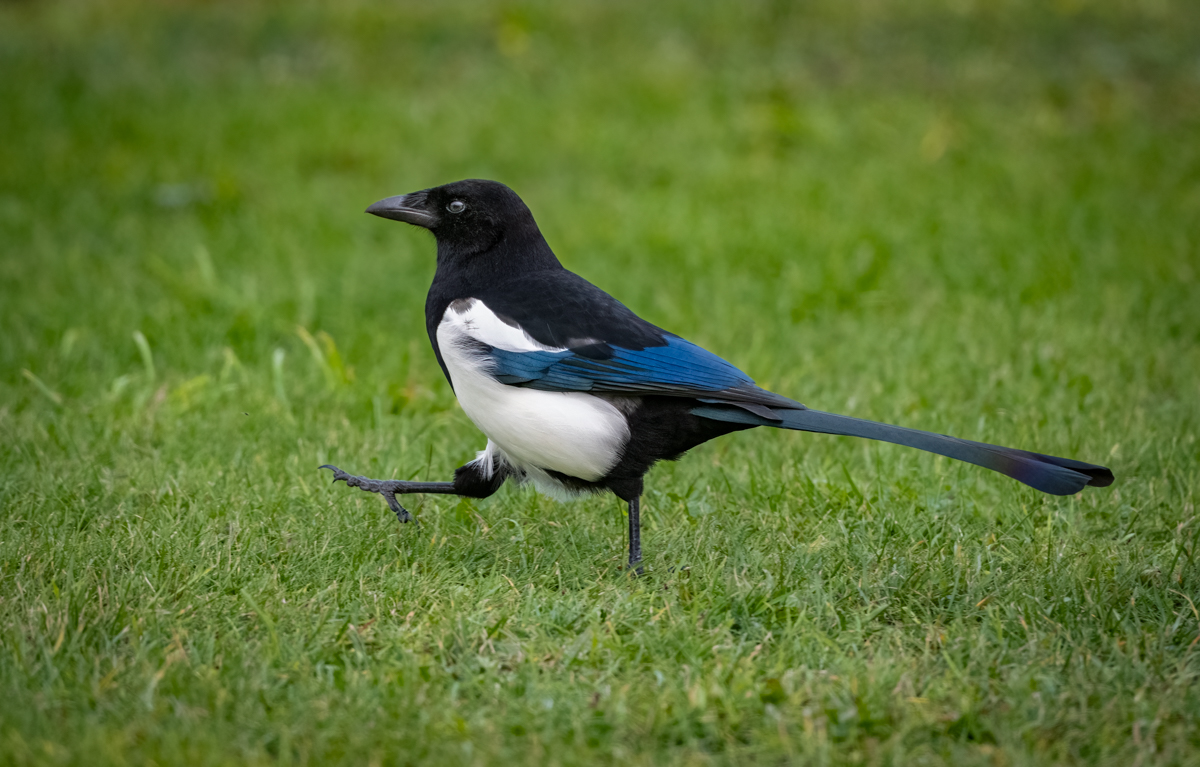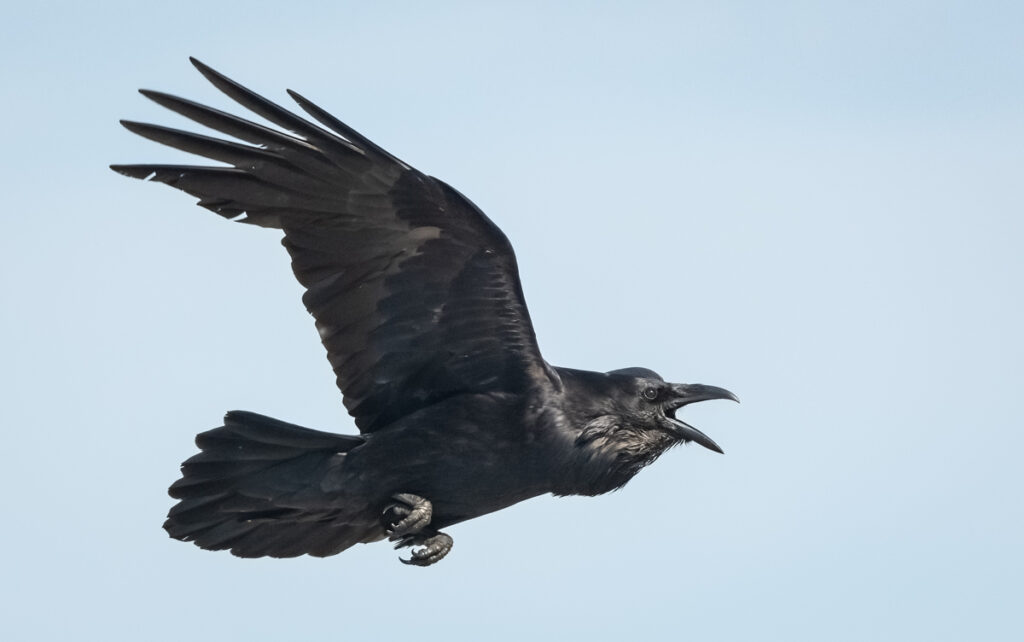
Once upon a time you used to hear the words “bird-brained” as an insult. For millennia, people have thought of birds as simple creatures with limited abilities, but science has shown us otherwise. Through many experiments and a deeper understanding of what intelligence is, birds are now considered to be among the cleverest creatures in the animal kingdom.

The definition of intelligence has been hotly debated for centuries with one luminary, Robert J. Sternberg, uttering the famous words “There seem to be almost as many definitions of intelligence as there are experts asked to define it.” If we think it’s tricky to define intelligence in humans, applying it to animals is even more murky. Sternberg’s widely accepted theory states intelligence consists of three parts: practical, creative, and analytical. Practical intelligence incorporates cognitive ability, or in other words, “street smarts” – finding solutions to new problems by applying what you have learned from experience. Studying intelligence in birds is therefore referred to as cognitive ability.
One agreed way to determine the potential of cognitive ability is to find out how many neurons are in the subject’s brain, how densely arranged they are, and whereabouts in the brain they are located. We have 86 billion neurons in our brains, with 16 billion packed into our cerebral cortex, which is in charge of attention, perception, awareness, memory, language, and consciousness. The rest are in our cerebellum, responsible for coordination, balance, and posture. This equates to a 20 / 80% split. In 2014, a team of Brazilian scientists analyzed the neuron density of eleven species of parrot and fourteen species of songbirds and found those birds have the opposite of us – 80% cortex, 20% cerebellum. Parrots and corvids had the most density of neurons in their cortex. Through various studies in the past we knew that corvids and parrots displayed striking cognitive abilities, and now here was the neuron count to back it up.

The California Scrub Jay is a member of the corvid family found in western North America and they have been shown to possess a remarkable ability to plan ahead by caching food items in advance of a future need, demonstrating an impressive level of foresight.
The study, conducted by researchers at the University of Cambridge, UK, involved presenting the birds with a variety of food items. The birds were then given the opportunity to cache some of the food items for later use. After a short delay, the birds were presented with a new set of food items, some of which were the same as the items they had previously cached. The researchers found that the birds were able to remember which items they had cached already and retrieve them for later use.
This ability to plan ahead for the future is not unique to the California Scrub Jay. The Common Raven, a large black bird found throughout much of the world, also possesses this skill. In fact, common ravens have been shown to be capable of planning for multiple future events at once.

In a study conducted by researchers at Lund University in Sweden, ravens were presented with a series of tasks that required them to use tools to obtain food rewards. The researchers found that the birds were able to not only plan for future tasks but also prioritize them based on their level of difficulty. In one task, the birds were presented with a choice between a low-value food reward that could be obtained immediately and a high-value reward that required the use of a tool but could not be obtained until later. The researchers found that the birds were more likely to choose the high-value reward, even if it required them to wait.
The Scarlet Macaw is another bird species known for its intelligence. These brightly colored parrots are found in the tropical rainforests of Central and South America and are also capable of performing complex cognitive tasks such as problem-solving and tool use.

In one study, researchers at the University of York in the UK tested the problem-solving abilities of scarlet macaws by presenting them with a series of tasks that required them to use their beaks to manipulate objects. The researchers found that the birds were able to solve the tasks quickly and efficiently. Another study involving tool use at the University of Vienna in Austria involved presenting scarlet macaws with a puzzle box that could only be opened using a stick, which they were able to manipulate with their beaks to obtain the food reward inside.
We already know that birds can learn many things, like find their way across thousands of miles of land and ocean every year and return to the same wintering or breeding site or learn their species’ song as fledglings by listening to other males, or that they can mimic other birds and objects in the world. Jays, ravens and macaws are sociable species, known as gregarious, and we also know from other studies that birds who socialize share their knowledge. This combination of a highly sociable lifestyle with these very clever birds, and a growing understanding of intelligence itself, may mean we discover even more fascinating abilities that these creatures possess.


